Few trips capture the imagination like an African safari. For many travelers, it’s the pinnacle of adventure. Safaris offer the opportunity to experience natural beauty, from jungles to savannahs, and glimpse wild creatures. It’s where you’ll find the big five animals: lions, leopards, rhinos, elephants, and African buffaloes, which roam game reserves, national parks, and other wildlife sanctuaries.
Some of the most sought-after African safari destinations are in eastern and southern Africa, with South Africa and Tanzania among the most popular. While each offers boundless excitement, they vary in weather and the wildlife that populate each area. Here are some highlights of African safari adventures in each location to help you choose the trip that’s right for you.
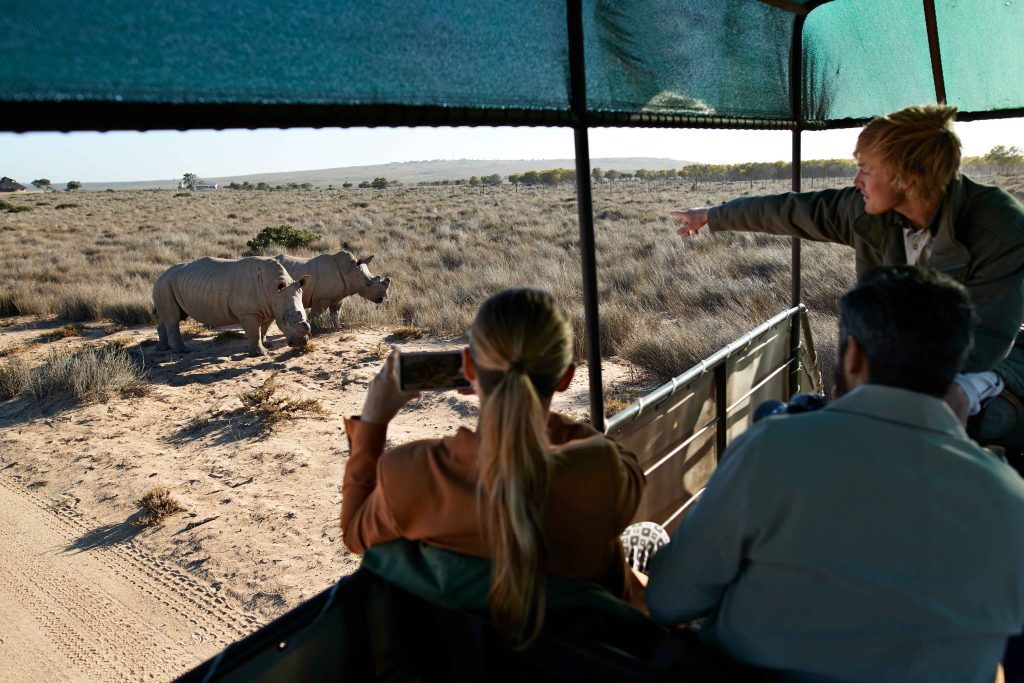
South Africa
Before booking your African safari, compare South Africa to Tanzania to better determine which trip will meet (or exceed!) expectations. Some basic considerations:
What is the weather like in South Africa?
The main seasons of South Africa are summer and winter; autumn and spring weather generally lasts only two months. As South Africa is in the Southern Hemisphere, the seasons could be the polar (ahem) opposite of what you’re accustomed to.
As you set off for your African safari, you’ll be exposed to varying temperatures and humidity, depending on where you venture, so familiarize yourself with your African safari itinerary before arrival.
Weather by season
- December, January, and February (61°F to 84°F or 16°C to 29°C)
- March, April and May (32°F to 77°F or 10°C to 25°C)
- June, July and August (36°F to 70°F or 2°C to 21°C)
- September, October, and November (54°F to 82°F or 12°C to 28°C
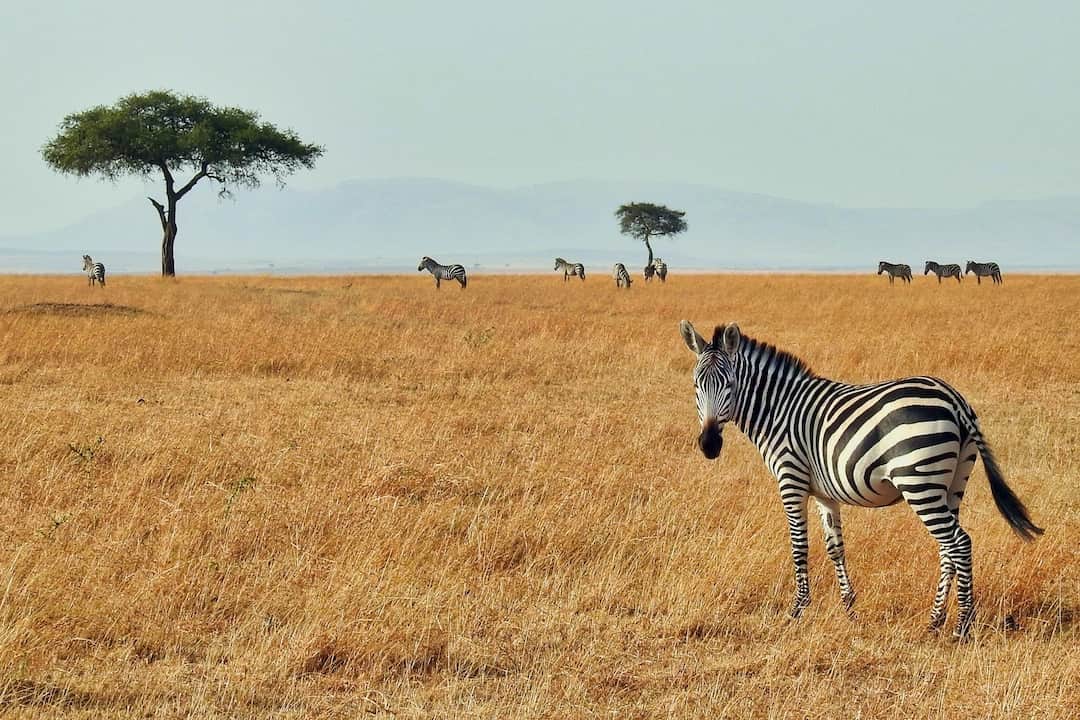
The peak season for South African safaris is May to October, when the trees are bare and wildlife is out foraging for food. These drier months are ideal for a safari trip to destinations including Kruger National Park, Madikwe, and Sabi Sand National Park.
What animals will I see in South Africa?
Which creatures you spot on an African safari tour depends on where and when you go. For instance, you’re likely to spot elephants in May and June, when herds head from Zimbabwe and Mozambique to Northern Kruger. Gemsbok frequent Kalahari Gemsbok National Park, while African penguins congregate in the Western Cape.
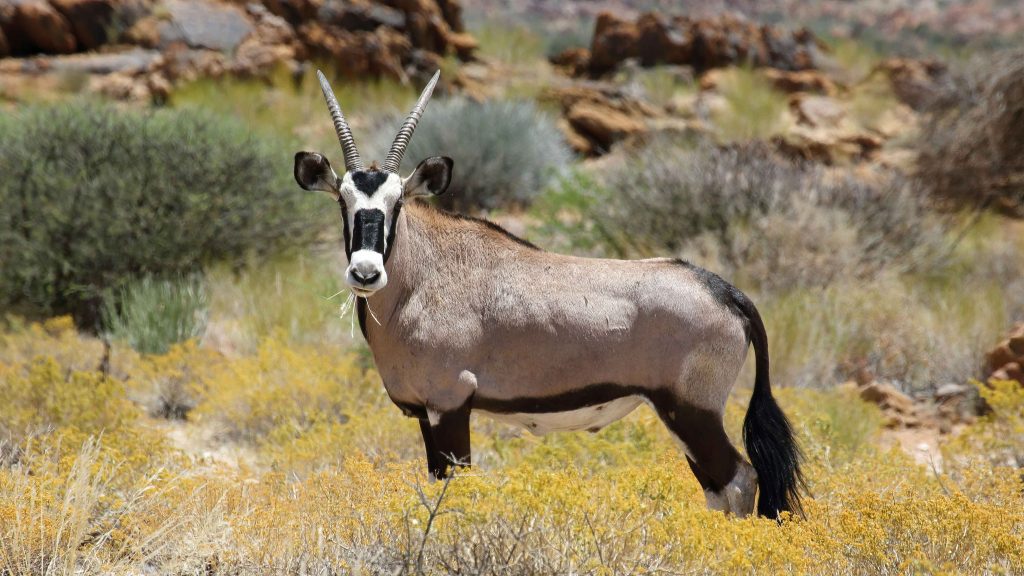
Other common animals include wildebeests, giraffes, hippos, and zebras. Conversely, rhinos, especially black rhinos, are endangered and, therefore a rare sight, though you may see them in Ngorongoro Crater, along with zebras and lions. Leopards, hyenas, cheetahs, pangolins, aardvarks, and honey badgers are less prevalent. Note that these wild animals don’t hibernate, due to the climate in South Africa.
What should I pack for a safari in South Africa?
Pack light, bearing the elements in mind. Note: African safari attire in khaki, green, neutral, and brown blends into the environment; dark blue and black attract tsetse flies (ouch). Bold colors and white also make you an insect target.
Checklist
- Light clothing for the hotter times of the year
- Long-sleeve shirts and jeans for chillier evenings
- Waterproof jacket
- Sunglasses
- Sunscreen
- Hiking shoes
- Hat
- Insect repellent
- First-aid kit
- Toiletries – toilet paper, soap, etc.
- Camera
- Travel documents
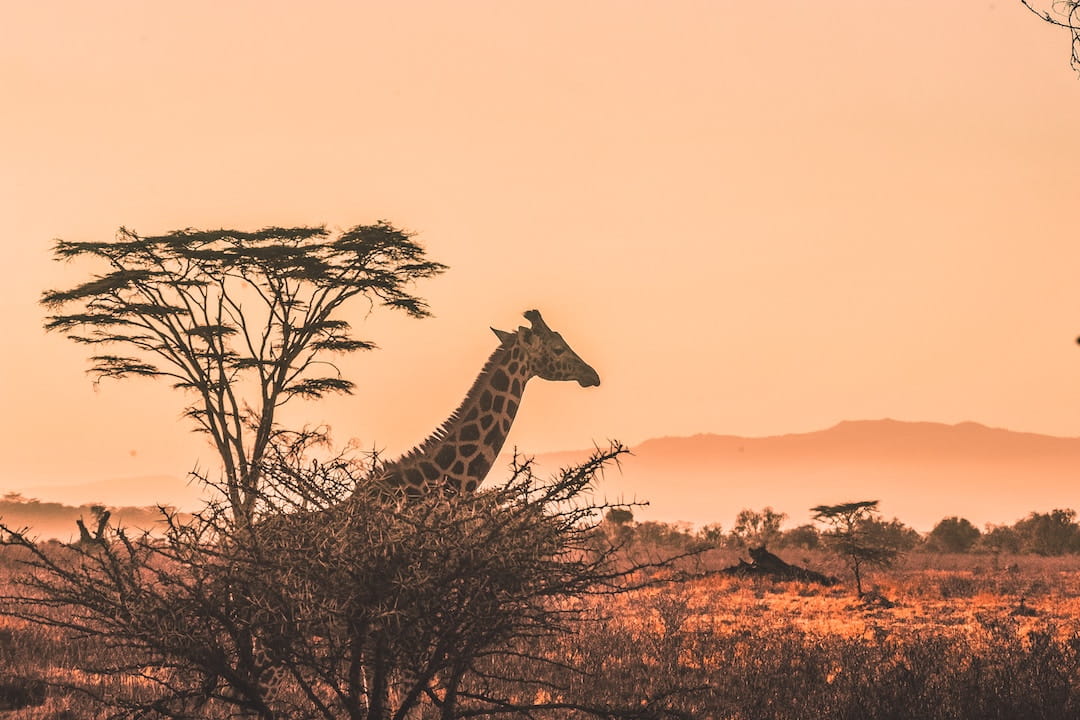
Tanzania
What is the weather like in Tanzania?
Tanzania is located slightly south of the equator, so here, too, the seasons are reversed in comparison to the Northern Hemisphere. Tanzania also has two rainy seasons. The first, from March to May, called masika, has heavy downpours and high humidity. The second, from November to mid-January, called vuli, is less intense and precedes the hottest time of year. May to October is the dry season and the ideal time to view the country’s wildlife.
Weather by Season
- December, January, and February (64°F to 88°F or 18°C to 31°C)
- March, April and May (63°F to 84°F or 17°C to 29°C)
- June, July and August (57°F to 81°F or 14°C to 27°C)
- September, October, and November (61°F to 88°F or 16°C to 31°C)
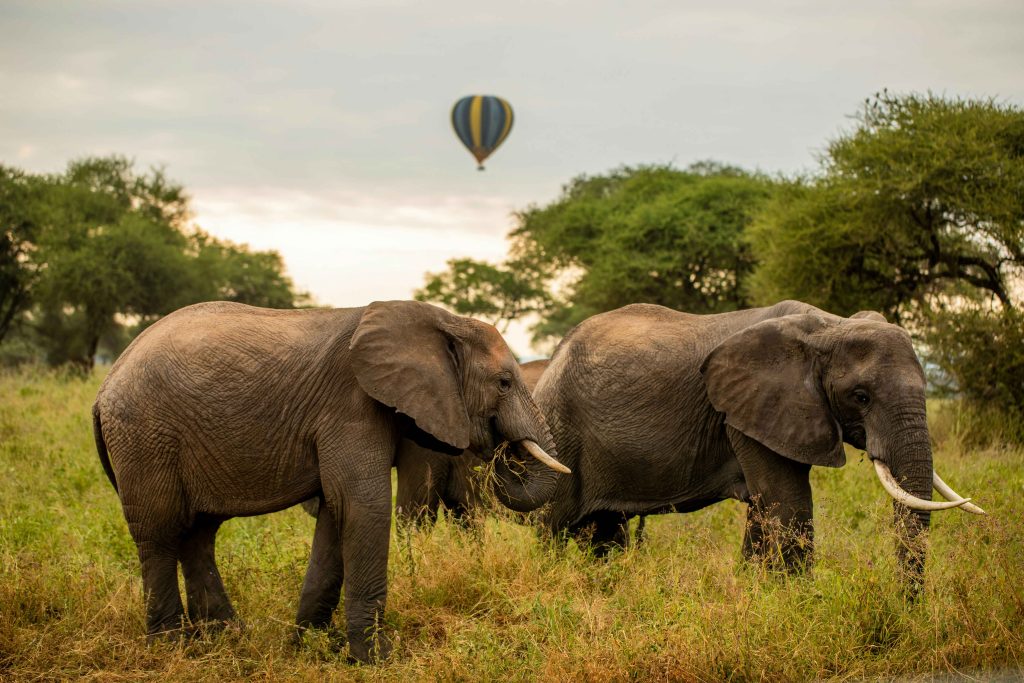
Many lodges close down during the rainy season, between April and May, which is also the low season.
What animals will I see in Tanzania?
An African safari experience in Tanzania gives you a front-row seat to diverse wildlife. Serengeti National Park is home to wildebeests, hyenas, giraffes, buffalo, cheetahs, lions, and gazelles. Tarangire National Park, which has an exceptionally diverse ecosystem, is the place to view zebras and wildebeests, while Saadani National Park is a hub for elephants, lions, warthogs, and baboons. Leopards, found in Serengeti and Tarangire, also prowl Ruaha National Park. Black rhinos are very rare, though occasionally sighted in the Ngorongoro Conservation Area, a caldera that attracts wildlife. There are no white rhinos in Tanzania and wild dogs are also near-impossible to spot.
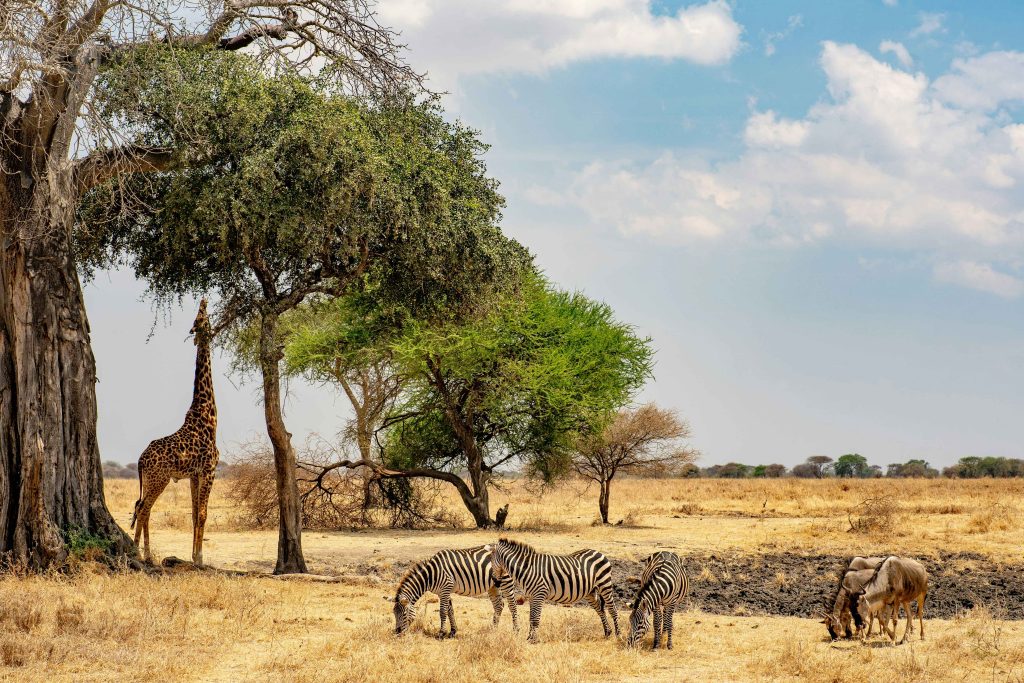
What should I pack for a safari in Tanzania?
Here, too, khaki clothing and earth tones are best to camouflage yourself in the bush. Dark shades like black and blue draw tsetse flies while bright colors also draw insects.
- Loose, breathable clothing to protect you from the sun and heat
- Extra layers for cool nights
- Sunglasses
- Sunscreen (high SPF)
- Hat
- Quality walking and hiking shoes
- Insect repellent
- Camera
- First aid kit
- Toiletries
- Travel documents
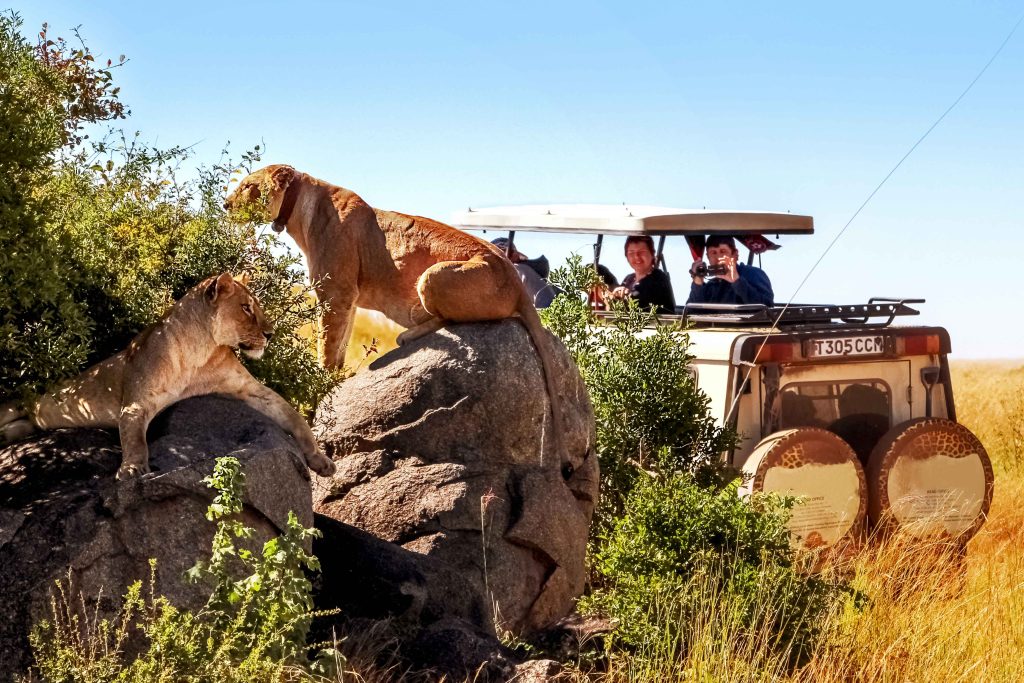
Now that you know how Tanzania stacks up next to South Africa and vice versa, you’ll be better equipped to decide which country to visit initially and which one after that.
After all, once you’ve enjoyed your first life-altering African safari, we can promise that you’ll want to return in the years, if not months, to come.
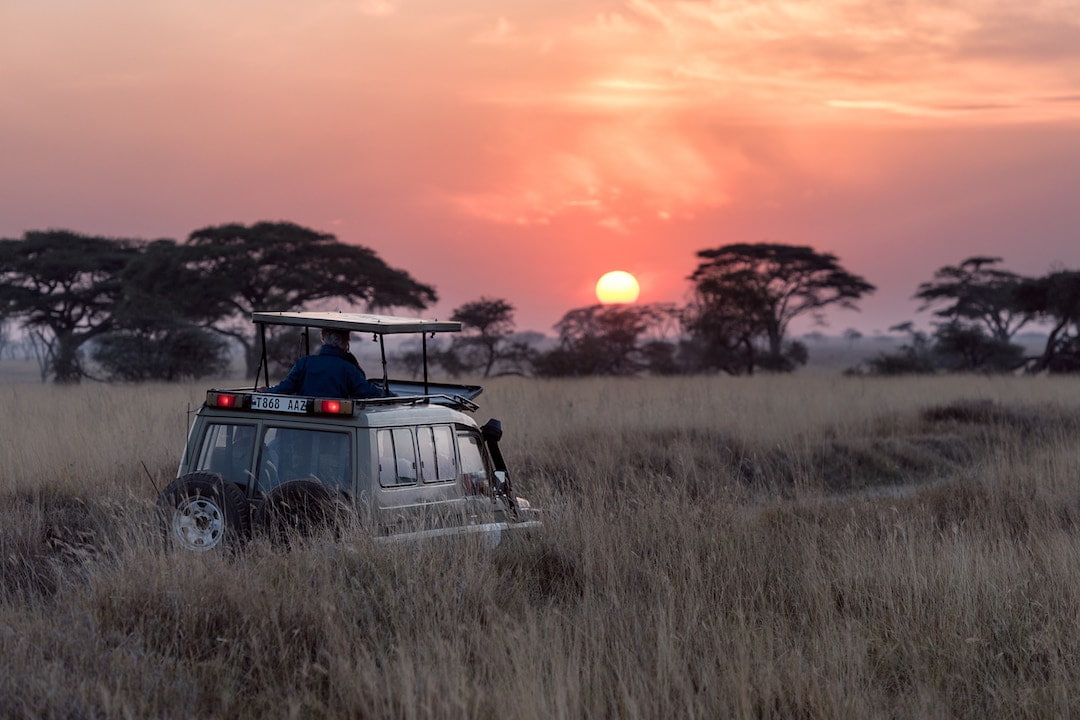
Where would your dream safari take place? Tell us in the comments below!

